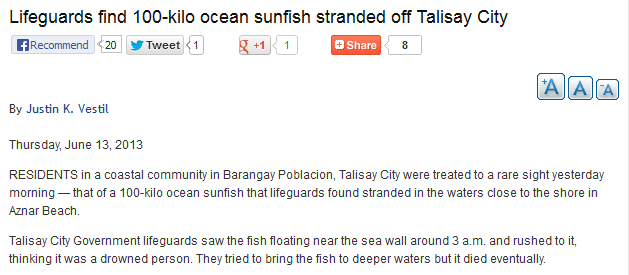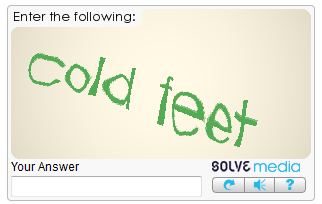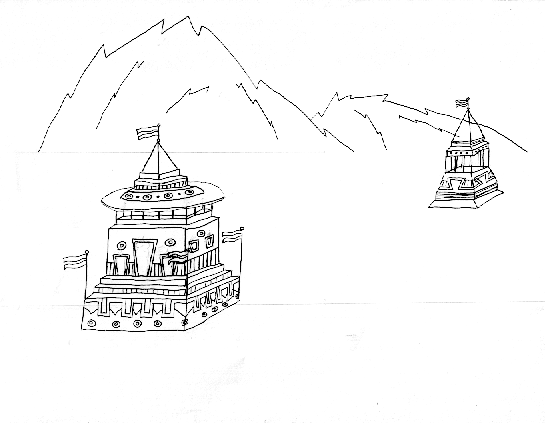I was able to fish out my scanner, so for Week 26, you get a scan of a new drawing I made for my Processing project.
I actually like
the first drawing a lot more, but I didn't want the drawing I used to be too much like the
reference photograph. I might still make another.
For the first time in this series, I'm presenting a digital work. Week 27's craft is the first phase of my Processing project, as submitted. Here also is the project information, just for reference.
The class requires us to either submit two different projects or submit two phases of one project.
DESCRIPTION
This is only the first stage of the project; my final submission will be a simple coin-collecting game.
"A Bat Above" is inspired by Glitch (
www.glitch.com), an MMO game that closed late last year. My project imagines what it might be like for the cave-dwelling batterfly, an in-game animal, to emerge from the caves after the game's closing and roam an empty landscape while wondering where all the players have gone.
I want my project to be enjoyed by everyone, though — not just former Glitch players.
At this point, the game doesn't have the coin-collecting mechanics yet. I focused on the design and music — the general look and feel. It's not much, but it's what I've managed to put together so far.
I drew the background by hand, and the background music is a mix I made using sounds from
freesound.org. The bat is moved by the mouse pointer.
SCREENCAST
BACKGROUND MUSIC
(The screencast did not capture the music during the demo, so I uploaded the music to SoundCloud.)
REFERENCES
The sound of birds chirping is by hanstimm, who released it on freesound.org under a Creative Commons Attribution-Noncommercial license.
The piano loop is by Erokia, who released it on freesound.org under a Creative Commons Attribution license.
The batterfly sprite is by Tiny Speck, who released it on glitch.com under a Creative Commons Attribution-Noncommercial-ShareAlike license.
The music is played using the Maxim Java API provided by the course instructors.
I referred heavily to the
processing.org examples on sprite animation and object-oriented programming.
Last but not least, Will Gallia in the forums helped me figure out how to get the background to scroll.
--
It looks like I forgot to cite Cory Richards, the guy who took the Tsarang temples photo I used as inspiration. I'll have to remember him at the next submission.
The background music and the screencast were firsts for me. Obviously, my sound mixing is kindergarten-level; I just threw hanstimm and Erokia's sounds together in Audacity. The credit really belongs to them.
I hope that by next deadline, I'll have figured out how to capture the in-game sound with the screencast, or how to export the whole thing as a web app, so people actually get to try it.
(I wish I could share some of the projects I made for Python class, but doing so would be considered leakage and might lead future students to violate the honor code.)







